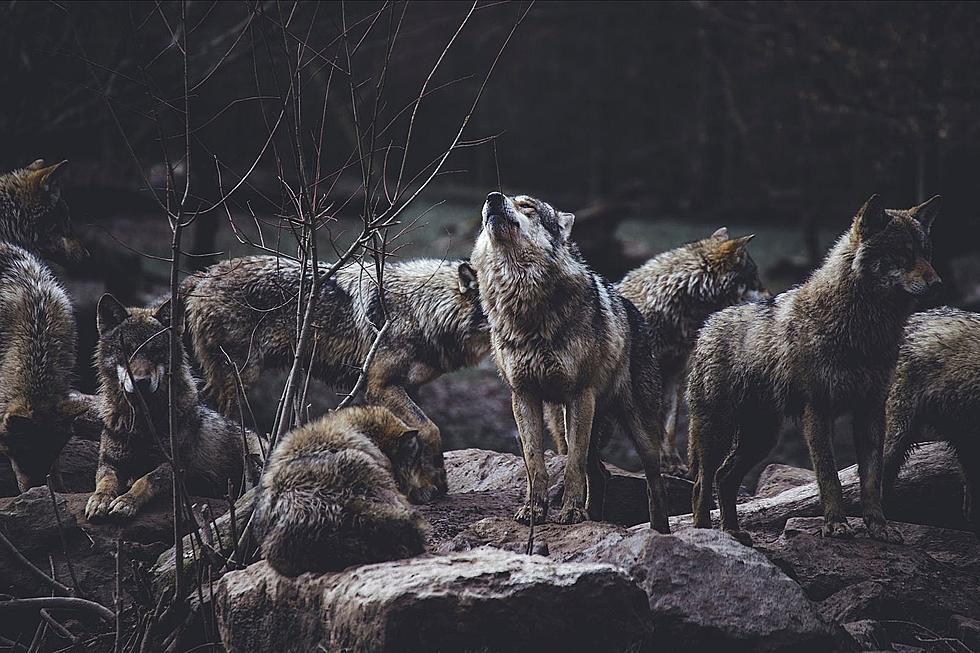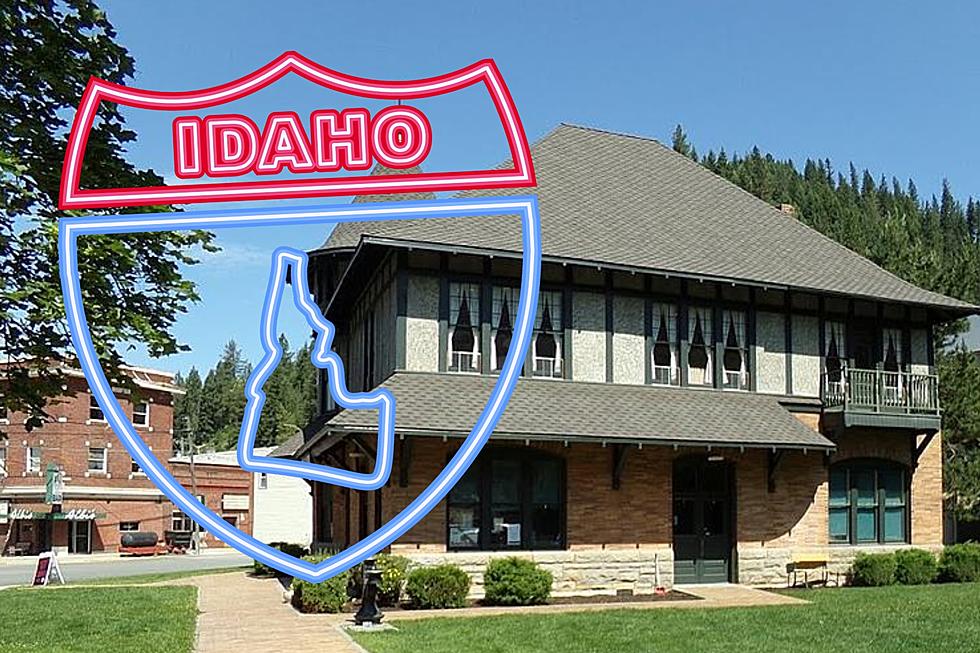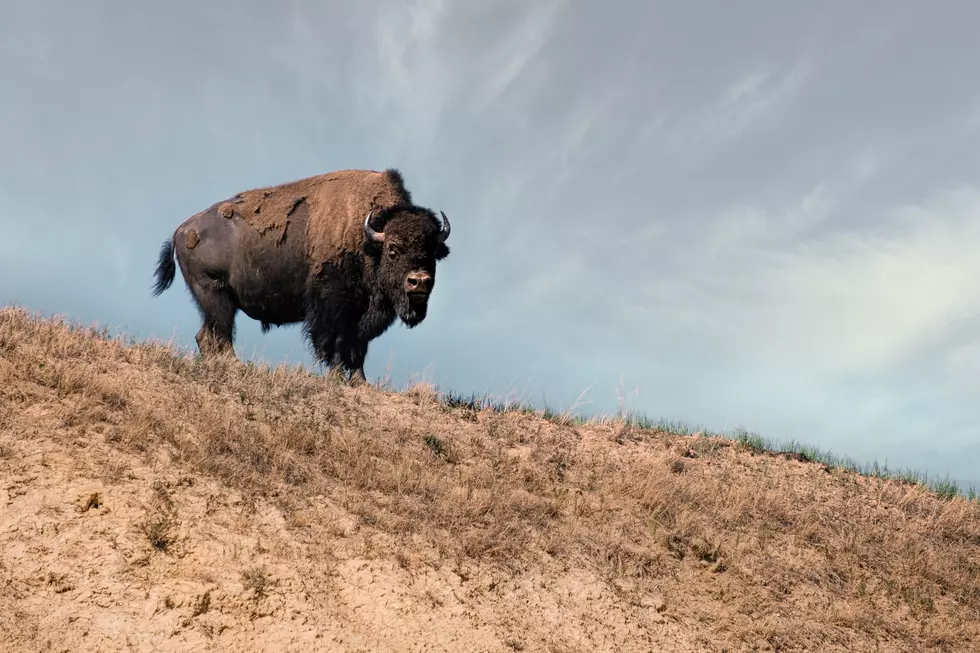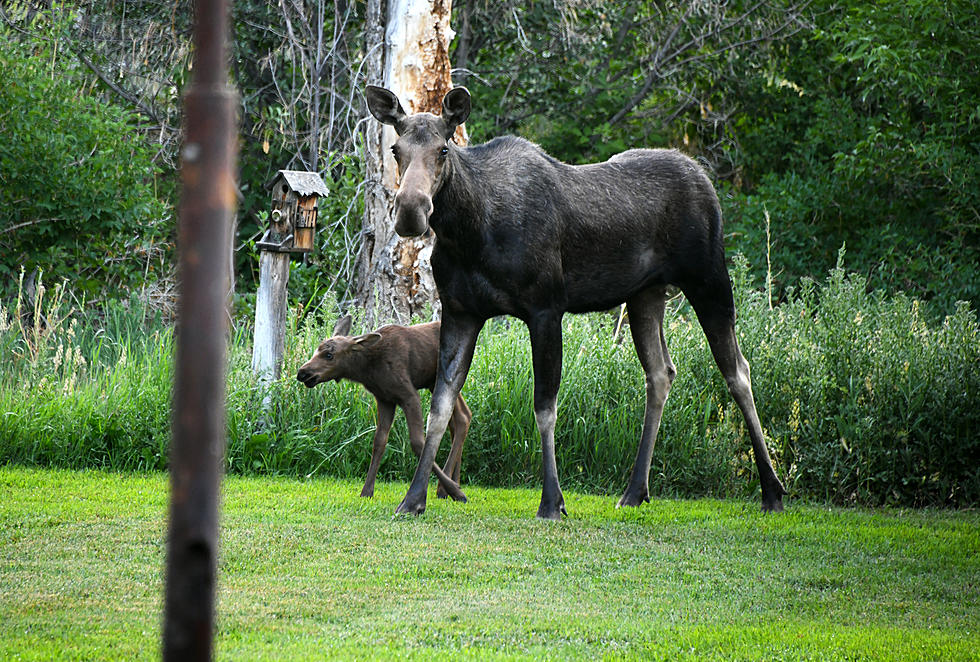Bears West of Idaho Share Communities With People
Not since Clan of the Cave Bear have I found something so compelling. It seems bears and their neighboring human relatives share a culture. Research along the west coast shows bears living in an area where three distinct tribal languages are also divided along the same regional lines. Raising the question, how did that happen?
Animal Culture Mirrors Human Cultural Development
Perhaps it’s because the animals shadow the tribes and have for millennia. Then the bears end up with an isolated genetic footprint. It also lends some credence to claims from a lot of indigenous tribes about the symbiotic relationship and spiritual kinship they have with animals.
As for the actual Clan of the Cave Bear film, it’s mostly forgettable. It was a vehicle for a young Daryl Hannah. She was the dream girl for a lot of teenage boys during the 1980s. She flamed out a few years later and is now a professional liberal activist.
Animals Adapt to Surroundings
I’m not sure the natural world is as connected spiritually as old traditions would claim, but I can see how genetic diversity among animals and people could be equally limited in isolated patches. Coastal bears have a preference for fish while inland bears have a taste for elk. Animal culture will develop along the lines of what’s available in the food chain. Ever seen a Far Side cartoon where polar bears have popped the top off an igloo? One bear tells another he really likes what he’s found because it’s crunchy on the outside and chewy on the inside.
LOOK: 30 fascinating facts about sleep in the animal kingdom
LOOK: Stunning animal photos from around the world
More From 98.3 The Snake









